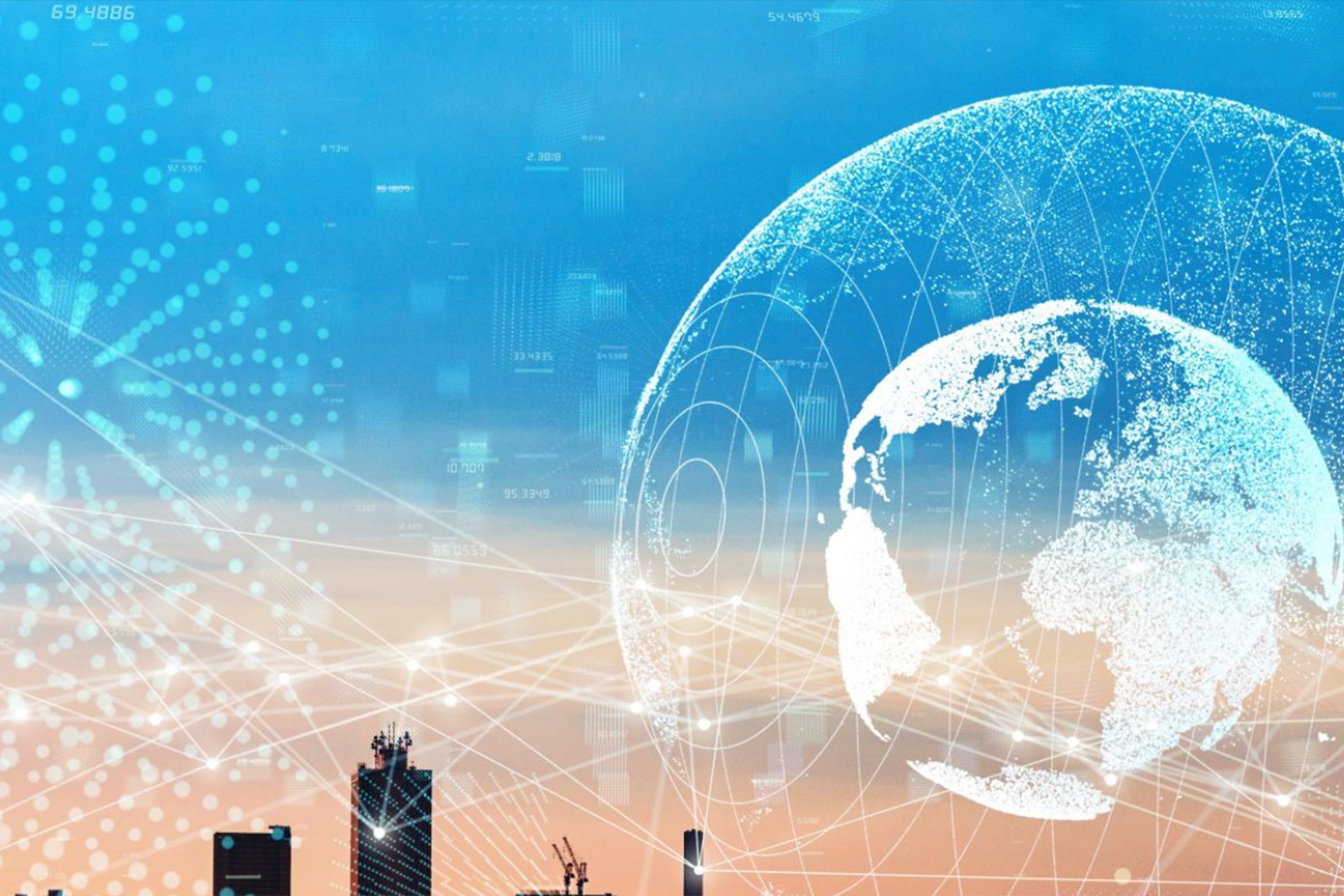The benefits of creating a “pull” education environment

With digital transformation of the workspace accelerating, every organization can benefit greatly from continuous upskilling But when it comes time for Learning & Development (L&D) teams to implement these types of programs, several questions come up, including: How do we pick the right technology solutions? And, how do we engage people with learning that helps achieve business goals? Let’s answer these questions.
Balancing people’s personal goals with business objectives
L&D cannot possibly keep up with the individual and collective learning needs that exist across an entire organization. And with the pace of change seemingly ever increasing, this is probably more true now than ever. Instead of trying to “strike a balance” for employees, it’s much more important to create a “pull” environment, in which access to required and desired training can be found and accessed at the same time. Putting “discoverability” into the hands of your people is the best way to maintain balance — and to let them decide on the right learning mix. This freedom of choice helps make learning continuous.
How can you accomplish these goals? Make your ecosystem of available content robust and complete. Mandatory training should be clearly explained and easily accessible. A wide collection of learning pathways and assets should cover all business and leadership areas. And social learning or learning from others should be optimized for creating and sharing content. These factors above all others will drive strong “pull-to-me” engagement.
Personalising learning programs
Accommodating diverse learning styles is not the primary goal of personalisation, but it can help people find the content they need or prefer. However, the real reason to personalise learning is to adapt content topics to workers, so learning is available when and where they need it. In other words, the goal is to make the content relevant to them and their roles while not overwhelming them with choices. You’ll find that as they make their own decisions about what to learn, they’re also getting what they need to perform well in their current roles. I like to think of this as “guided freedom.”
The best way to accomplish this is by using technology that helps L&D understand which topics are useful at any given time. At Degreed, we provide cutting edge machine learning that helps companies understand skill signals (measuring where people’s skills are strong, weak and in need of upskilling). These signals consider workers’ learning styles, roles, and whether they are a people manager. All these elements influence content recommendations. It’s the most effective form of personalisation on the market.
Providing learning opportunities
A platform like Degreed offers two important things.
First, it provides a way for individuals to align their learning and career aspirations with your company’s business goals, creating a complementary relationship in which your employees and your company benefit.
Second, Degreed places people at the core of your learning strategy (which is essential to gaining widespread adoption). People will want to learn, because they’re building their careers in ways that align with their interests. Simultaneously, their upskilling helps your organization grow because, again, their learning is aligned with the wider business strategy.
Degreed also reinforces the “why” behind learning, by helping people build on their aspirations. An individual can obtain skills, be mobilized into a new role based on those skills and then continue to upskill to get ready for their next move. We’ve found that this keeps people challenged, retained and employable even in the face of disruption.
The benefits of continuous learning
Engagement. Retention. Productivity. Competitive advantage. An effective learning culture positively impacts all of these things.
Your people are the driving force behind your business. Equipping them with the right skills — for now and the future — can help ensure your organization is always moving forward. If people are constantly learning, they can perform in their current roles better, adapt to change and build skills in line with what your organisation needs.
Ensure that the approaches, practices and solutions in your learning strategy are providing all employees with a safe, comfortable and dignified learning experience. If you can do this, you’ll help them optimize their contributions and value. You’ll help them bring their best selves to work every day.

Janice Burns, Chief People Officer, Degreed



